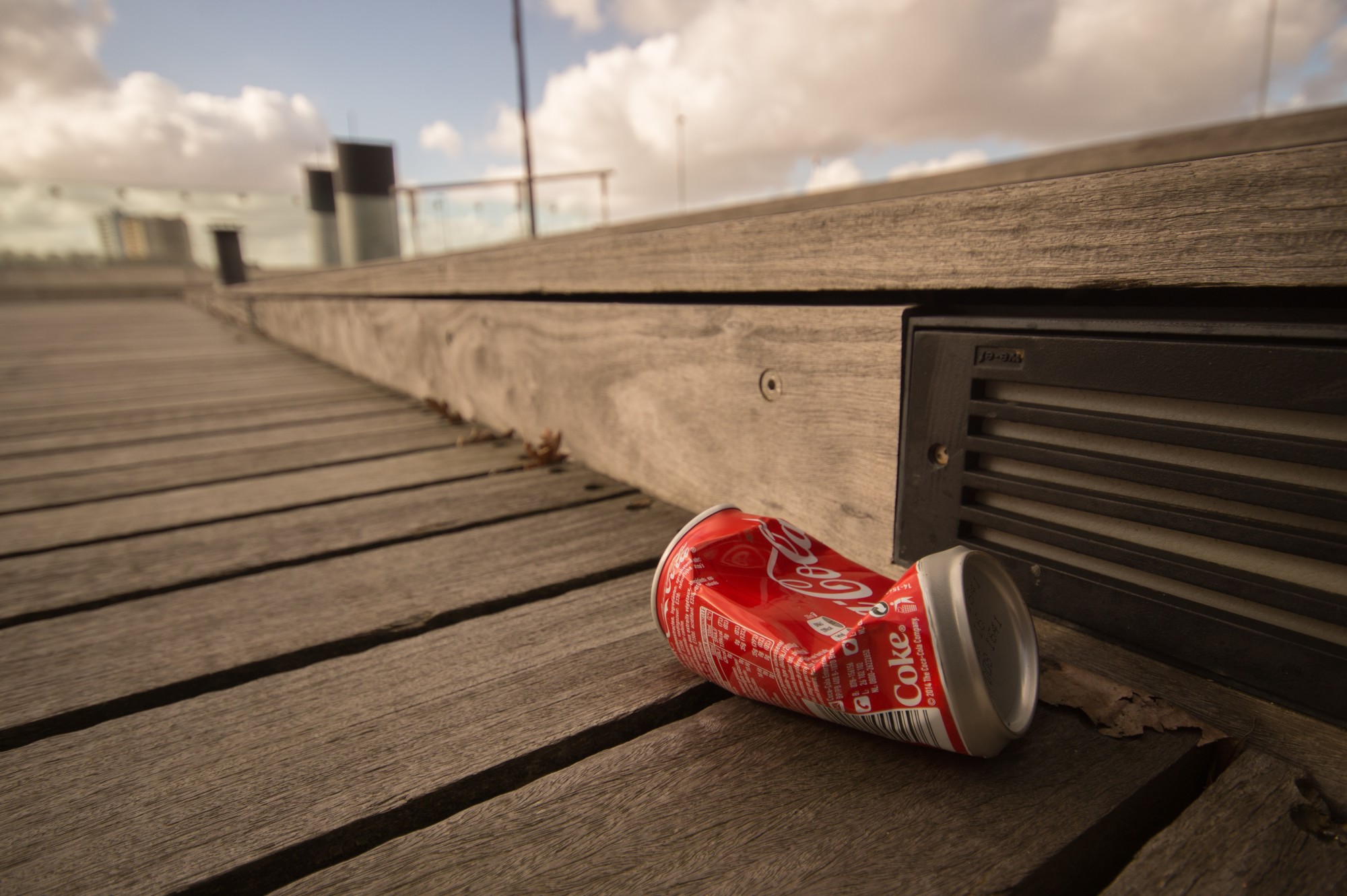
Around 9 billion tons of litter pollute the ocean every year. With environmental issues becoming more and more relevant, you would think that the crime of littering would come to a stop.
Unfortunately, even in today’s world, littering is still a prevalent issue and it comes with severe environmental consequences.
You might ask yourself: why is littering a problem? You know it’s bad for the environment, but there’s more to it than that.
Why Is Littering a Problem
From negatively impacting the environment to harming human health, here’s why litter is bad.
1. Cleanup Is Costly
Littering has become such a huge problem that the cleanup alone can cost countries billions of dollars each year. The U.S. spends nearly $11.5 billion each year just cleaning up litter.
These numbers don’t include the indirect costs of litter, though. Litter can be responsible for diminishing property value and decreasing tourism, leaving less revenue for communities.
Smart waste solutions can help reduce the amount of litter in communities as well as mitigate the cost of cleanup.
2. It’s Harmful to Wildlife
Litter can harm wildlife in many ways.
How does littering affect animals? Animals often ingest litter. This litter can block their digestive tracks, expanding inside their intestines and making the animal feel full. In most cases, the animal won’t have the desire to eat and will eventually starve.
Animals are also likely to choke on litter that they mistook for food. Some litter contains chemicals that are toxic to animals, and if ingested can cause death.
Not only can animals be poisoned by litter, but they can also become entangled in things like plastic bags. Animals that get trapped in waste materials can choke, suffocate, or drown.
3. It’s a Health and Safety Risk
In addition to diminishing quality of life, littering also has a negative impact on human health and safety.
Germs thrive on trash that’s discarded improperly. This means that when someone comes into contact with the litter, they’re exposed to bacteria that is potentially hazardous.
If a large amount of litter is accumulated, pests like insects and rats can be attracted which increases the possibility of even more sanitary issues.
Broken glass, bottle caps, and other sharp materials pose a safety threat because they can cut the people that come into contact with them.
4. It Hurts the Environment
Plastic waste can take up to a thousand years to break down. Styrofoam can take anywhere from 500 years to forever.
While litter sits and rots, the chemical runoff can absorb into the earth and potentially impact water quality.
Litter also disrupts ecosystems. Aquatic food chains are upended when toxic waste kills off a large number of species, leaving the ecosystem imbalanced.
Do Your Part
So, now you know the answer to the question “why is littering a problem?”.
The solution should be simple: don’t litter.
Unfortunately, not everyone abides by this. So if you see trash lying around, pick it up and dispose of it in a trash can or an efficient Mr. Fill receptacle. Even the smallest effort can make a huge difference!
If you found this information helpful, you can read more articles like this on our website.





